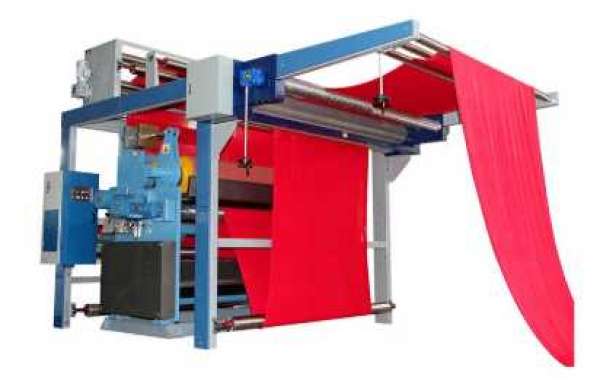Screen printing is called universal printing, which is widely used and has great potential and room for development. At present, there are more than 40 kinds of screen printing machinery products, such as pneumatic, semi-automatic, 3/4 automatic, full-automatic, monochrome and multi-color, flat and curved surface machines. From the point of view of the model, in addition to the clam type, the domestic screen printing machine has more and more production plants with four-post lifting and pop-up screen printing machines. blank. The screen printing plate-making equipment is basically equipped with manual, pneumatic and automatic screen stretching machines, various specifications and types of drying machines, various light sources and different specifications of plate-making machines, etc., which can basically meet the needs of the domestic screen printing market. Screen printing inks, photosensitive adhesives, and silk screens are developing towards multiple varieties and high quality. Domestic large-format 2m x 4m screen printers and large-scale projection platesetters have been matched and are welcomed by many advertising companies. However, as far as this situation is concerned, from equipment to materials, from plate-making process to printing and post-press processing are relatively backward, and no large-scale and modernization has been formed.
The development direction of Flat Screen Printer will be developed from manual small equipment to multi-color fully automatic, linkage, rotary and other fully equipped flat screen printing machine. With the development and popularization of digital printing, screen printing process and equipment, technology and process Will continue to innovate and gradually replace the backward screen printing process and equipment, thereby winning a broader market.
In short, the development of printing machines will be the integration of machine, light, electricity, liquid and gas, applying digital technology, network technology, computer technology, optical fiber transmission and other modern scientific technologies, towards multi-color, high-speed, fully automatic printing machines development of. Printing machine manufacturers will continue to pursue faster printing speeds, higher whitening degrees, simpler operations, and more convenient through various means such as optimizing structure, increasing functions, developing and making Sichuan environmentally friendly consumables Adjust and set up, pay more attention to the environmental protection of the new type of printing machine, so as to improve the quality of the printed matter, reduce the scrap rate, shorten the auxiliary time, reduce labor intensity and environmental protection and make greater progress.
Another development trend of printing machines is the printing systemization and combination form, that is, the expansion from single printing machine manufacturing to the integrated development of printing systems. Printing machine manufacturers are developing from single printing equipment production to the development of integrated equipment that completes printing solutions. In the past, there was a strict division between pre-press, printing and post-press. All printer manufacturers need to do is to produce a single printing machine. With the development of digitalization and networking and the demand for printing solutions in the printing market, pre-press, printing and post-press processing equipment have begun to be organically combined to form a printing system that can complete printing solutions. This can better solve the problems encountered in traditional printing, such as different printing quality of various shifts. Through integrated data processing, the problems of color matching, registration, imposition, and plate making of the printing machine can be solved, thereby improving production efficiency and printing Quality, truly digitized, networked and automated.








